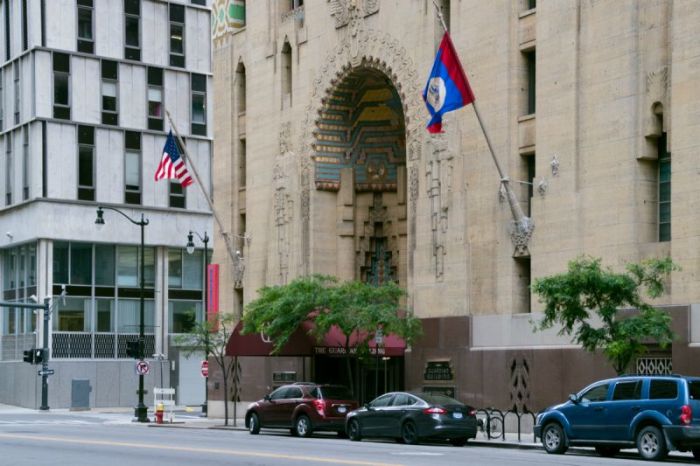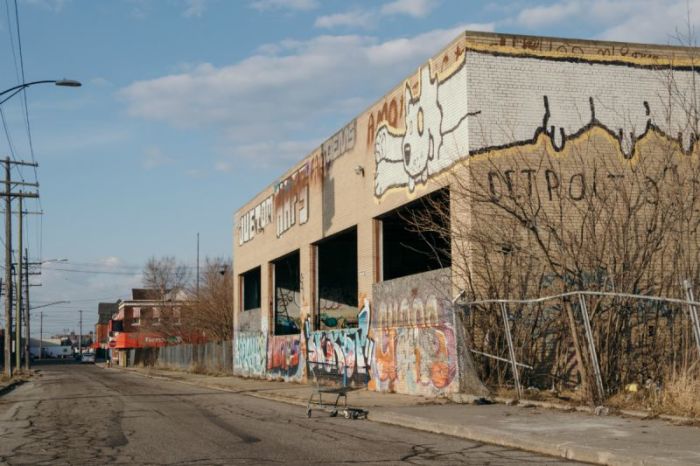Detroit Remains a City of Stark Contrasts

It can be difficult to recognize Detroit these days.
After all, it has made a remarkable transformation in the five years since city hall filed the municipal bankruptcy heard around the world.
Growing up and then coming of age in the late 1990s and early 2000s I never really knew Detroit. Yes, I went downtown for the occasional professional hockey or baseball game but in those days you arrived not long before game time and then afterwards got the heck out of town before the crowds dispersed. It wasn't uncommon to see the suburban dwellers run stop signs and red lights on their way home over fear of getting carjacked. You also wouldn't have seen someone stop within city limits at a gas station.
The only Michiganders who can remember a different Detroit are now in their 60s or 70s. My father, who graduated from high school in 1960, knew the city when it epitomized the American Dream.
Flash-forward to today and the city has an ever-changing downtown.
After years of leading the charge in revitalizing Detroit and renovating empty buildings — ranging from 1920s and 1930s art deco to early 1960s modernist — billionaire Dan Gilbert is erecting a 62-story skyscraper of the kind Toronto and other big cities long ago grew accustomed to having in its cityscape. But this is Detroit and Detroit hasn't had a new skyscraper since 1977, when the hideous monstrosity that is the Renaissance Center was built along the riverfront.
Gilbert's skyscraper hardly compares to the over-the-top buildings of Dubai or Abu Dhabi. It also doesn't take a page from the incredible city-state of Singapore, which has reinvented urban planning to avoid the plague of concrete. Rather, it strikes me as a throwback to the late 19th and early 20th centuries, when cities built grandiose churches, museums and civic buildings partly to show they sophisticated and cultured. In short, call it keeping up with the Joneses.

Despite all of the progress there is still plenty to be concerned about.
For starters, it is unrealistic to think Detroit will ever regain the status it had in 1950, when it was the richest city in America. Today's Detroit is No. 23 on the list of biggest cities. Nashville, Portland and Oklahoma City are the competition, not New York City and Chicago.
The big problem is eventually the 20-somethings experiencing the Detroit that didn't exist a decade ago when I was their age will want something more than their hipster lifestyle. Already many are complaining that the cost of housing is becoming too expensive.
Eventually, the luster will wear off as they get married or partner up and have kids. Even if they can score a real estate deal in one of Detroit's neighborhoods the horrible public schools and cost for 12 years of private schooling will drive the millennials to the suburbs.
The contrast between downtown and life in the neighborhoods remains stark.
Nolan Finley, the longtime editorial page editor of The Detroit News, has called it the two Detroits. One is rapidly transforming, thanks to a surge of investment, development and the gentrification of mostly white millennials. The other, where the vast majority of the population lives, is mostly black and remains the country's poorest big city.
Spires and Crosses, a travel column exclusive to The Christian Post, is published every week. Follow @dennislennox on Twitter and Instagram.





























